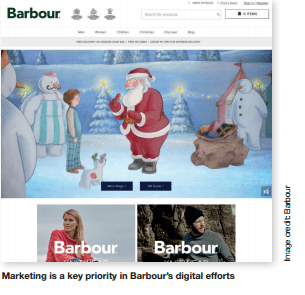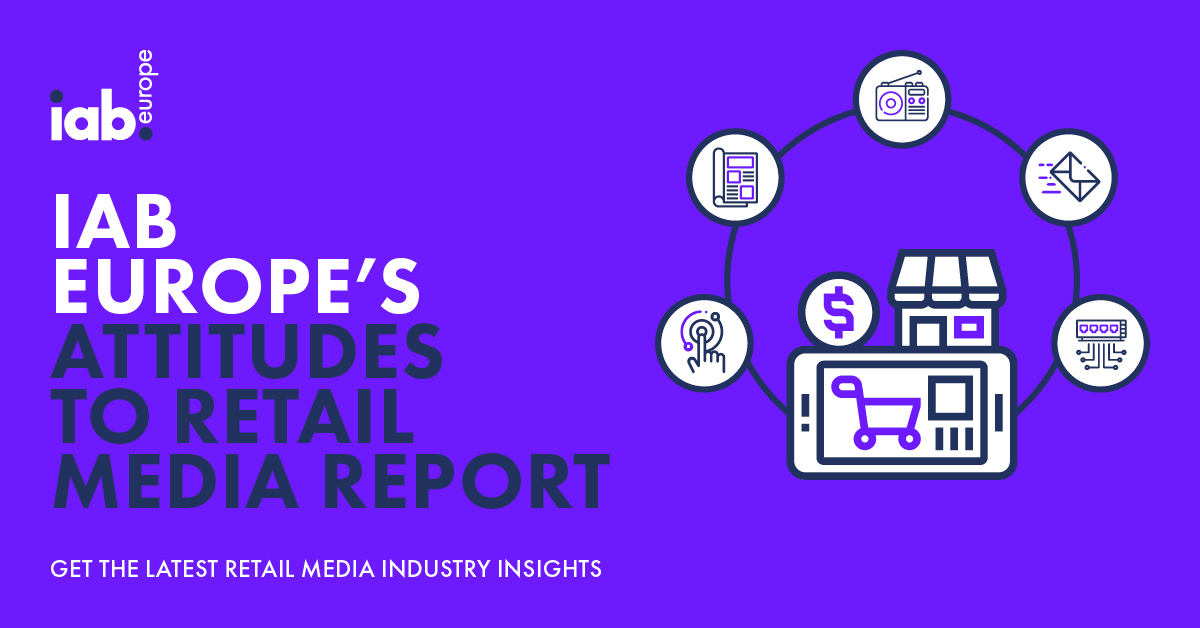Jonathan Wright and Chloe Rigby introduce our recent research into direct-selling brands
TO UNDERSTAND WHY are increasingly going direct to consumers, the experience of Barbour is instructive. In 2017, the upmarket country clothing brand will launch a transactional website in the US. “When you get 1.5m hits to [the brand-marketing website], you need to do something,” Paul Johnson-Barnett, Barbour’s head of distribution said at eDelivery Conference in October 2016. Simply, the opportunity is too good to miss.
This shouldn’t be too surprising. We’re all brand conscious. In August 2016, eBay research revealed that 88% of UK consumers expected to find favourite brands through online marketplaces. Accordingly, the company makes it easy to search by brand. For a rather more old-world example, one reason for the popularity of department stores is that we expect to be able to find favourite brands in these locations.
From a consumer point of view, both marketplaces and department stores offer the reassurance of a safe shopping environment. From the brand owner perspective, though, there’s a problem here: the loss of control over how goods are presented and sold. Selling direct not only potentially drives revenues, it also gives more control over the customer relationship.
The example of Apple is instructive. This is not only a company that creates highly aspirational products, it is also a hugely successful retailer. According to data from eMarketer, it generates $5,546 per square foot from its US retail stores – that’s higher than Tiffany & Co, Coach and Michael Kors. Its airy stores, showrooms with a high level of customer service from sales staff not tied to tills, reflect the brand’s values. In addition, Apple is a cross-channel retailer that uses customer details to understand what consumers want. This explains in part why it prefers to email receipts even for store purchases – it’s a quick, unobtrusive way to gather information.
In different ways, other brands are looking to replicate Apple’s success, and suppliers are looking to help them. Ecommerce specialists Salesforce Commerce Cloud, for example, sees huge opportunities here, reasoning that brands building new online operations may be drawn to a scalable, cloud-based offering.
If this sounds like bad news for retailers, it’s worth emphasising that consumers still value the opportunity to go to stores, to see and touch the items they’re interested in buying. In addition, retailers can add value. UK retailer John Lewis offers a two-year standard guarantee against Apple products failing, double the length of the technology giant’s one-year standard guarantee. Besides, brands still need retailers. Not every Lego customer can get to a flagship store and it’s impractical for the company to begin opening stores in all of the world’s provincial towns.
Nevertheless, the phenomenon of brands selling direct is real and it will impact hugely on the retail sector in the years ahead. This explains why we compiled our first InternetRetailing Brand Index last year, which analyses the Performance of brands across the same Dimensions we use for the IRUK Top 500: Strategy & Innovation, The Customer, Merchandising, Brand Engagement, Operations & Logistics and Mobile & Cross-channel. This revealed that Apple, Dorothy Perkins, New Look, Nike and Pull & Bear are Elite brands, statistically ahead of all others and representing the pinnacle of retail practice by brands in Europe.





